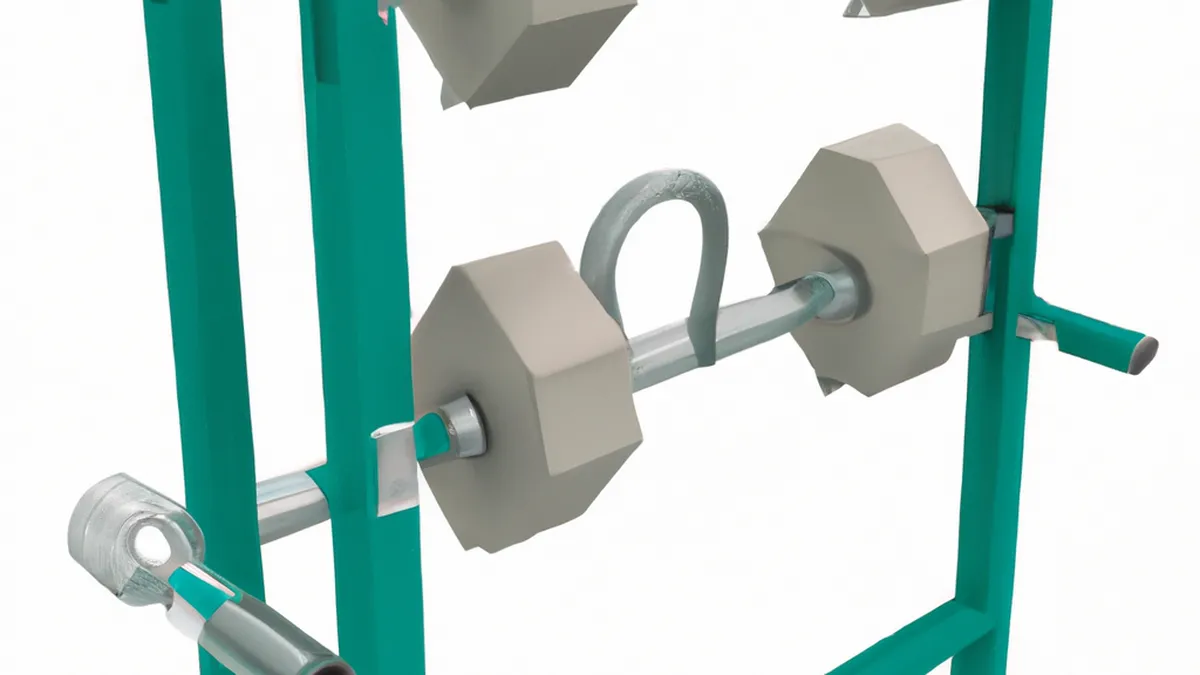Alter Your Grip for Joint Safety
How to Modify Weightlifting Techniques for AC Joint Safety
Weightlifting builds strength and improves fitness. However, many lifters worry about AC joint injuries. The AC joint connects the collarbone to the shoulder blade. An injury here can cause pain and limit mobility. You can modify weightlifting techniques to protect this joint. This post explores tips and benefits for AC joint safety while lifting.
Understanding the AC Joint
The AC joint plays a crucial role in shoulder movement. It connects the clavicle and scapula, allowing arm elevation and rotation. This joint can suffer injuries from overuse or improper lifting. Incorrect exercise techniques increase the risk of straining or injuring this area.
To prevent AC joint injuries, modify your lifting techniques. Adjusting your approach helps you maintain strength while keeping your shoulders safe.
Tips for Modifying Weightlifting Techniques
1. Use Proper Form
Maintaining proper form is critical in weightlifting. Focus on posture and alignment during each lift. Keep your shoulders back and down, avoiding hunching. For overhead lifts, position your elbows slightly in front of your body. This position reduces stress on the AC joint.
2. Choose the Right Exercises
Not all exercises suit everyone. Some can strain the AC joint excessively. Opt for exercises that promote shoulder stability. Consider using resistance bands for rotator cuff exercises. These strengthen shoulder muscles without stressing the joint. Avoid excessive overhead lifting, especially if you have shoulder issues.
3. Lower the Weight
Heavy weights increase the risk of injury. Instead, focus on lighter weights with higher repetitions. This approach maintains strength while reducing joint stress. Gradually increase the weight while maintaining proper form. Remember, prioritize quality over quantity for joint safety.
4. Incorporate Mobility Work
Incorporating mobility exercises into your routine is vital. This practice maintains shoulder flexibility. Stretching before and after lifting prepares muscles and aids recovery. Focus on shoulder dislocates and door frame stretches. These improve your range of motion and enhance joint stability.
Additional Advice for AC Joint Safety
Listen to Your Body
Pay attention to discomfort or pain in your shoulders. If you experience unusual symptoms, stop immediately. Ignoring pain can cause severe injuries. Take a break and assess your lifting technique. Consulting a physical therapist or trainer offers valuable insights.
Warm Up Effectively
Warming up is essential for any weightlifting routine. Spend at least 10-15 minutes preparing your body. Focus on dynamic stretches that engage your shoulders, like arm circles and torso twists. A proper warm-up increases blood flow and reduces injury risk.
Rest and Recover
Recovery is as important as your workout. Allow your body to rest between sessions. Overtraining leads to fatigue and increases injury risk. Prioritize sleep, hydration, and nutrition for recovery. A strong body benefits your joints.
Benefits of Modifying Techniques for AC Joint Safety
Modifying weightlifting techniques for AC joint safety offers numerous benefits. Firstly, it reduces injury risk, allowing consistent workouts. Secondly, focusing on proper form and lighter weights improves strength and stability. Moreover, incorporating mobility work enhances your range of motion, making daily activities easier.
Additionally, prioritizing AC joint safety promotes long-term fitness. You can avoid setbacks from injuries, leading to a more enjoyable lifting experience. A mindful approach to weightlifting sets you up for success. You’ll lift more effectively while keeping your joints healthy.
Conclusion
Weightlifting can enhance your fitness safely. Modifying your techniques protects your AC joint and avoids injuries. Focus on proper form, choose suitable exercises, lower the weight, and incorporate mobility work. Listen to your body, warm up effectively, and prioritize rest and recovery. These strategies maintain joint health while achieving fitness goals. Stay proactive, and enjoy weightlifting benefits for years.
Below are related products based on this post:
FAQ
What is the AC joint and why is it important for weightlifting?
The AC joint, or acromioclavicular joint, connects the collarbone to the shoulder blade and plays a crucial role in shoulder movement. It allows for arm elevation and rotation. Protecting this joint is essential during weightlifting to prevent injuries that can cause pain and limit mobility.
How can I modify my weightlifting technique to protect my AC joint?
You can modify your weightlifting technique by maintaining proper form, choosing suitable exercises, lowering the weight, and incorporating mobility work. Focus on posture, use lighter weights with higher repetitions, and include stretches and mobility exercises to enhance shoulder flexibility and stability.
What should I do if I experience pain in my shoulders while lifting?
If you experience discomfort or pain in your shoulders, it is important to stop immediately and assess your lifting technique. Ignoring pain can lead to severe injuries. Consider consulting a physical therapist or trainer for guidance on proper techniques and exercises that suit your needs.















Post Comment